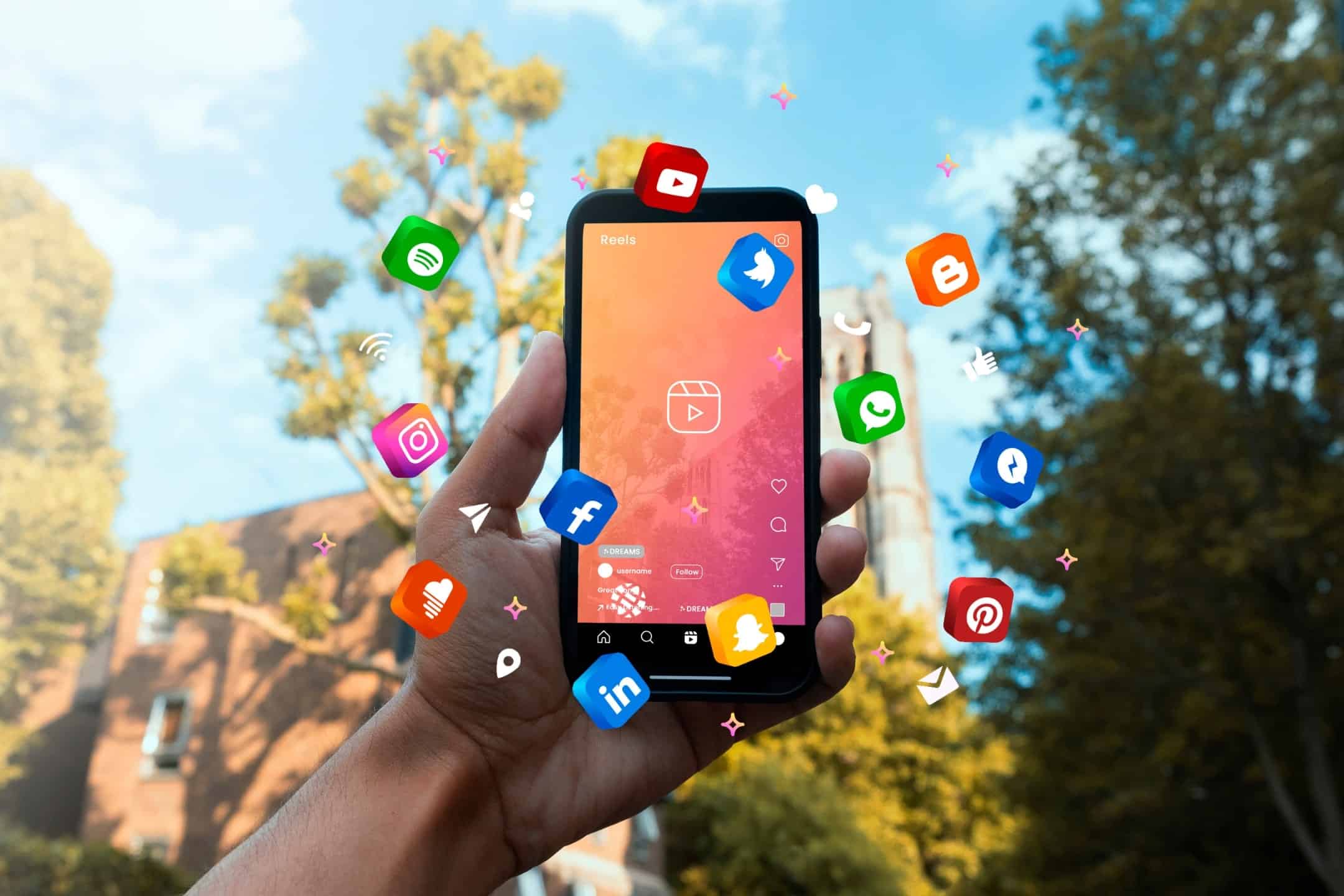Introduction
In the modern world, technology permeates almost every aspect of daily life, making it essential for consumer technology to be accessible to all users, including those with disabilities. Accessibility in technology has moved from being an afterthought to becoming a key design principle. As consumer technology advances, so too do the features that make these devices usable for a broader audience. From the advent of basic accessibility tools to the integration of sophisticated artificial intelligence (AI) systems, the evolution of accessibility in consumer technology is a testament to how innovation can drive inclusivity, ensuring that everyone, regardless of ability, can benefit from technological advancements.
Historical Context
The early days of consumer technology were marked by a significant lack of accessibility features. The focus was primarily on the mass market, with little consideration for users with disabilities. Devices such as the first personal computers, early mobile phones, and even television sets were designed with a one-size-fits-all approach, leaving many users excluded from the full benefits of these technologies.
However, as awareness of the needs of people with disabilities grew, so did the efforts to make technology more inclusive. One of the first major milestones in accessibility was the introduction of closed captioning on television broadcasts in the 1970s. This breakthrough allowed individuals who are deaf or hard of hearing to access audio content through text displayed on the screen. Another significant development was the emergence of text-to-speech technology in the 1980s, which provided a way for visually impaired users to interact with digital content. These early innovations laid the groundwork for the more advanced accessibility features we see today.
Breakthroughs in Accessibility Features
Over the past few decades, there have been numerous significant advancements in accessibility features within consumer technology, making devices more user-friendly for individuals with a variety of disabilities.
One of the most transformative developments has been the integration of voice recognition technology into smartphones and home assistants. Voice assistants like Apple’s Siri, Amazon’s Alexa, and Google’s Assistant have revolutionized the way people interact with technology. For individuals with mobility impairments or visual disabilities, these voice-activated systems allow for hands-free operation of devices, enabling them to perform tasks such as making phone calls, sending messages, and controlling smart home devices using only their voice.
Touchscreen devices, which are now ubiquitous in consumer technology, have also seen major improvements in accessibility. Haptic feedback—a tactile response technology—has been instrumental in making touchscreen devices more accessible to users with visual impairments. Screen readers, such as Apple’s VoiceOver and Google’s TalkBack, allow visually impaired users to navigate their devices by converting on-screen text into speech. These features provide a way for users to interact with their devices in a manner that suits their needs, making smartphones, tablets, and other touch-based devices more inclusive.
Customizable display settings have also played a crucial role in enhancing accessibility. Users can now adjust font sizes, color contrasts, and screen brightness to better suit their visual needs. These customizable features are particularly beneficial for individuals with low vision, color blindness, or other visual impairments, allowing them to tailor their devices to their specific requirements.
In addition to visual and tactile enhancements, there have been significant strides in making consumer technology more accessible to individuals with hearing impairments. Hearing aid compatibility in smartphones, for example, has enabled users to directly pair their hearing aids with their devices, providing a clearer audio experience. Real-time text transcription services, such as those found in video conferencing platforms and multimedia devices, have further enhanced accessibility by allowing users to read spoken dialogue as text, ensuring they do not miss out on important conversations or content.
These breakthroughs in accessibility have not only improved the quality of life for individuals with disabilities but have also contributed to a broader culture of inclusivity in technology design. By incorporating these features into mainstream consumer devices, tech companies have made it clear that accessibility is not a niche concern but a fundamental aspect of modern technology.

Current Trends and Innovations
The integration of AI and machine learning in consumer technology is driving the next wave of accessibility advancements, creating more personalized and intuitive experiences for users with disabilities.
One of the most promising areas of innovation is in smart home devices, which are increasingly being designed with accessibility in mind. For individuals with mobility challenges, smart home systems offer a new level of independence. Devices like smart door locks, lighting systems, and thermostats can be controlled via voice commands or mobile apps, eliminating the need for physical interaction. These technologies allow users to manage their living environments with ease, improving safety and convenience.
Another exciting development is the emergence of apps that translate sign language into text or speech in real time. These apps use AI to recognize hand gestures and facial expressions, converting them into written or spoken language. This technology is a game-changer for individuals who are deaf or hard of hearing, as it facilitates communication with those who do not know sign language, breaking down barriers and fostering more inclusive interactions.
Wearable technology is also making strides in accessibility. Devices like smartwatches and fitness trackers now come equipped with features that monitor health metrics and provide data in accessible formats. For example, wearables can offer vibration alerts for notifications, which is especially useful for users with hearing impairments. Additionally, these devices can track vital health information, such as heart rate and physical activity, and present the data in a way that is easy to understand, ensuring that users of all abilities can benefit from health monitoring technology.
These advancements in AI and wearable technology are not just benefiting those with specific disabilities; they are also contributing to a more inclusive technology environment for everyone. By prioritizing accessibility, tech companies are developing products that are more user-friendly and adaptable to a wider range of needs, ultimately enhancing the overall user experience.

The Future of Accessibility in Consumer Technology
Looking ahead, emerging technologies hold immense potential for further improving accessibility in consumer tech. Augmented reality (AR) applications, for example, could transform how individuals with disabilities interact with their surroundings. AR could be used to provide real-time information about physical environments, such as navigation assistance for people with visual impairments or contextual cues for those with cognitive disabilities.
Virtual reality (VR) also offers exciting possibilities for creating accessible online spaces. By immersing users in virtual environments that can be customized to their needs, VR could enable people with disabilities to participate in activities that may be challenging in the physical world, such as attending virtual classes or social events.
Advancements in neural interfaces, which allow users to control devices using brain signals, could revolutionize input methods for individuals with severe mobility impairments. These technologies, still in their infancy, have the potential to provide unprecedented levels of control and interaction, opening up new avenues for accessibility in consumer technology.
Conclusion
The evolution of accessibility in consumer technology has been marked by significant milestones and continuous innovation. From the early days of closed captioning and text-to-speech technology to the latest advancements in AI and wearable devices, the journey towards more inclusive technology has been driven by a commitment to making digital tools accessible to everyone.
As we look to the future, it is crucial for tech developers and companies to continue prioritizing accessibility in their designs. Consumers also play a vital role by advocating for and supporting technologies that enhance accessibility. Together, we can ensure that the next generation of consumer technology is not only more advanced but also more inclusive, making the digital world a better place for all users.



